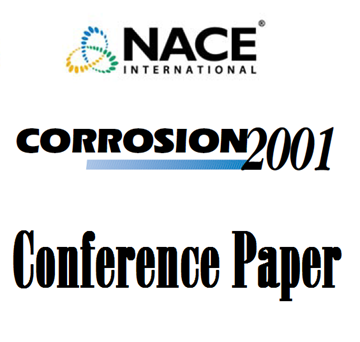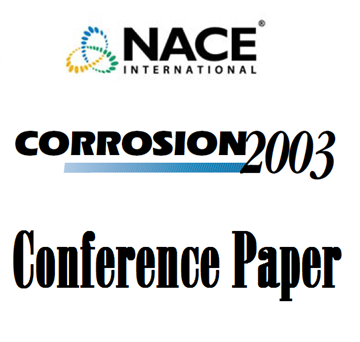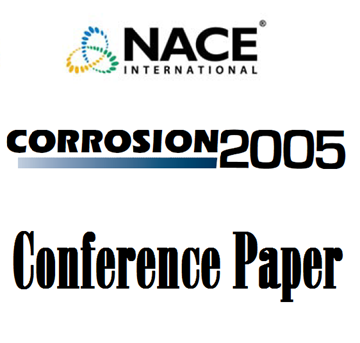Search
03010 APPROACHES FOR ACHIEVING SUCCESSFUL HIGH BUILD COATINGS ON SHARP EDGES IN SHIP'S BALLAST TANKS
Also Purchased
01428 INSPECTION OF HOT DIP GALVANIZED ARTICLES
Product Number:
51300-01428-SG
ISBN:
01428 2001 CP
Publication Date:
2000
$20.00
03029 STRATEGIES TO PREVENT CORROSION UNDER INSULATION IN PETROCHEMICAL INDUSTRY PIPING
Product Number:
51300-03029-SG
ISBN:
03029 2003 CP
Publication Date:
2003
$20.00
05002 Antifouling Coatings for Offshore Structures
Product Number:
51300-05002-SG
ISBN:
05002 2005 CP
Publication Date:
2005
$20.00




